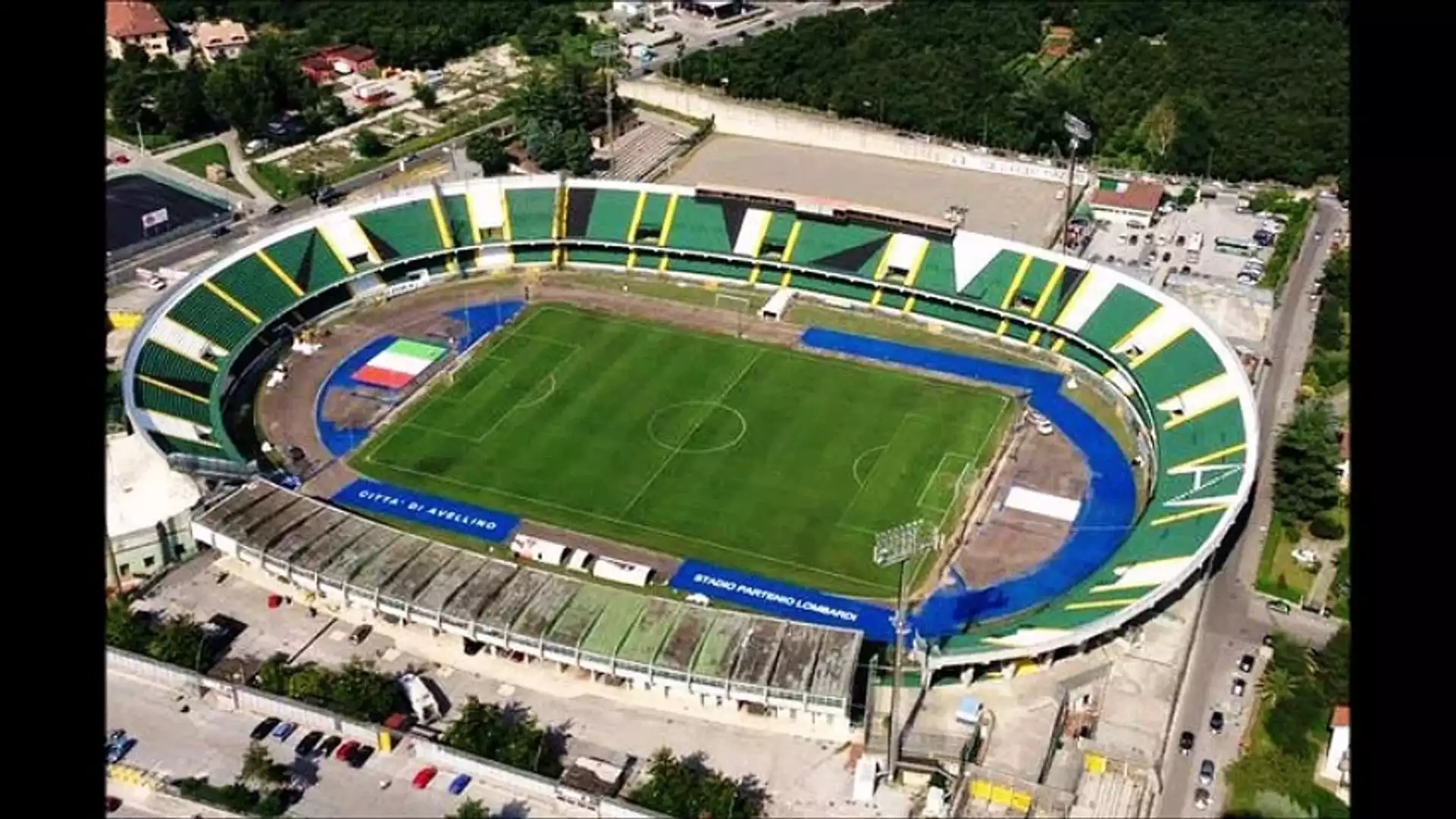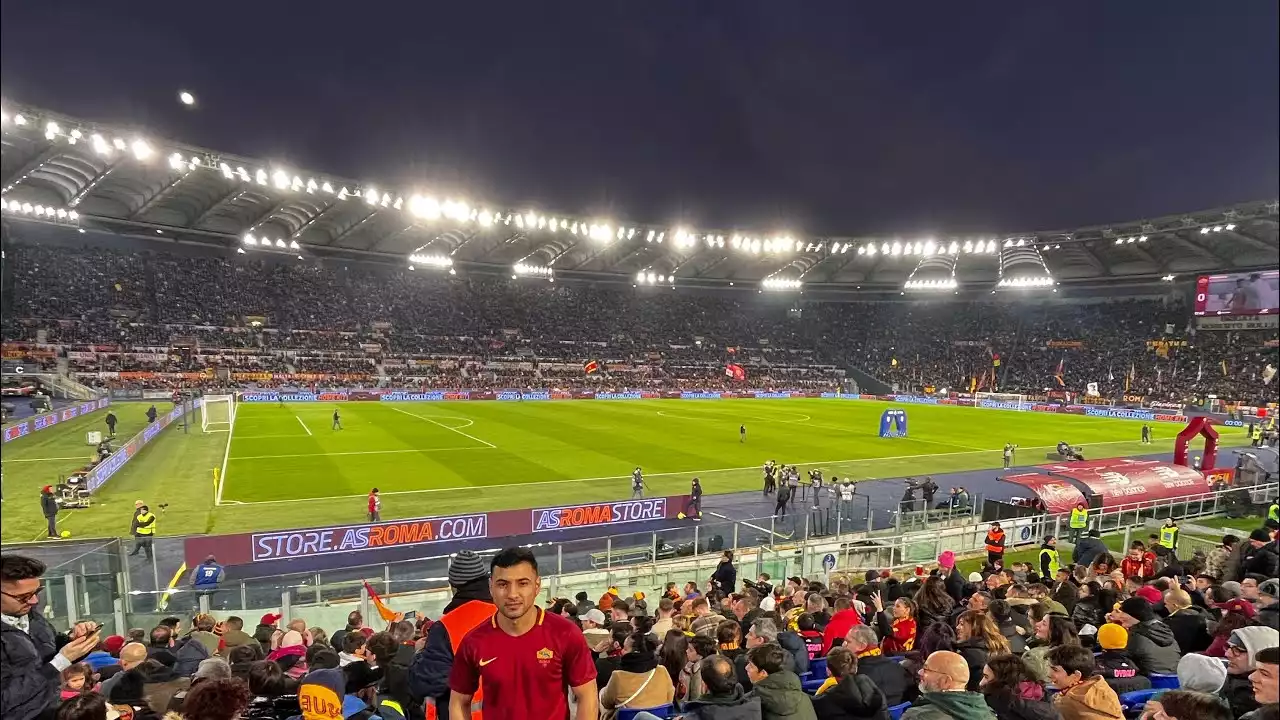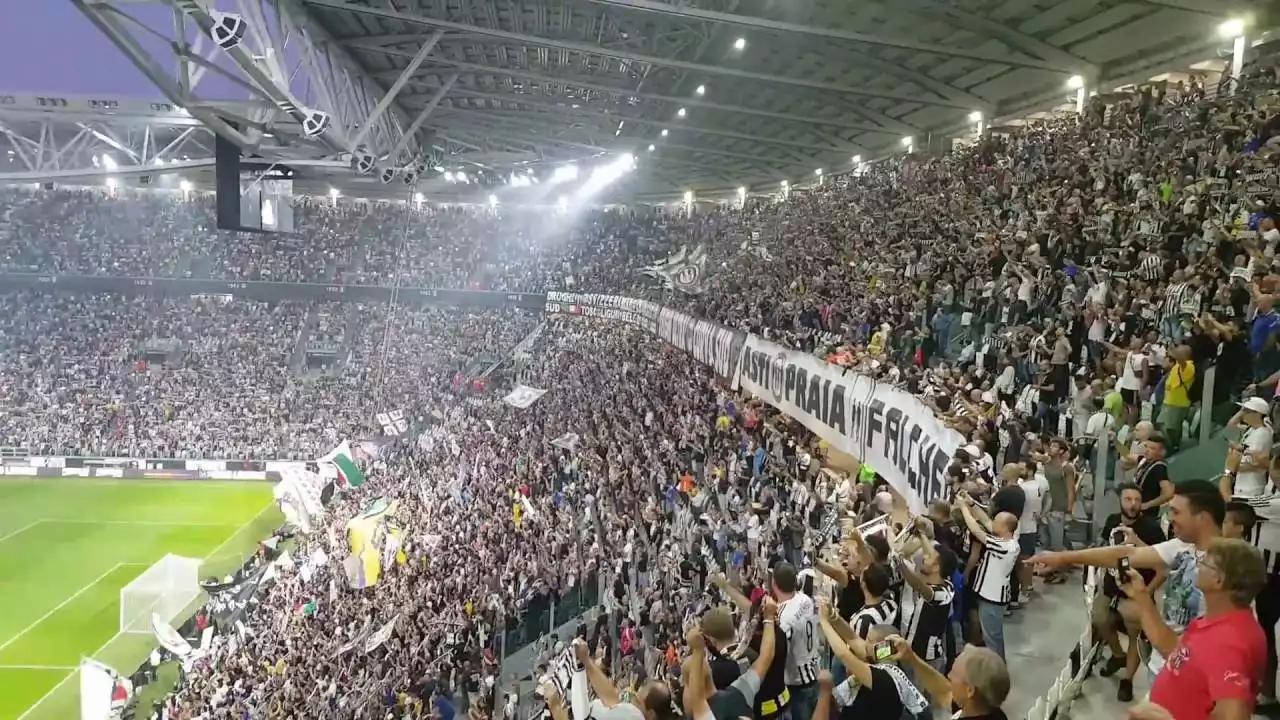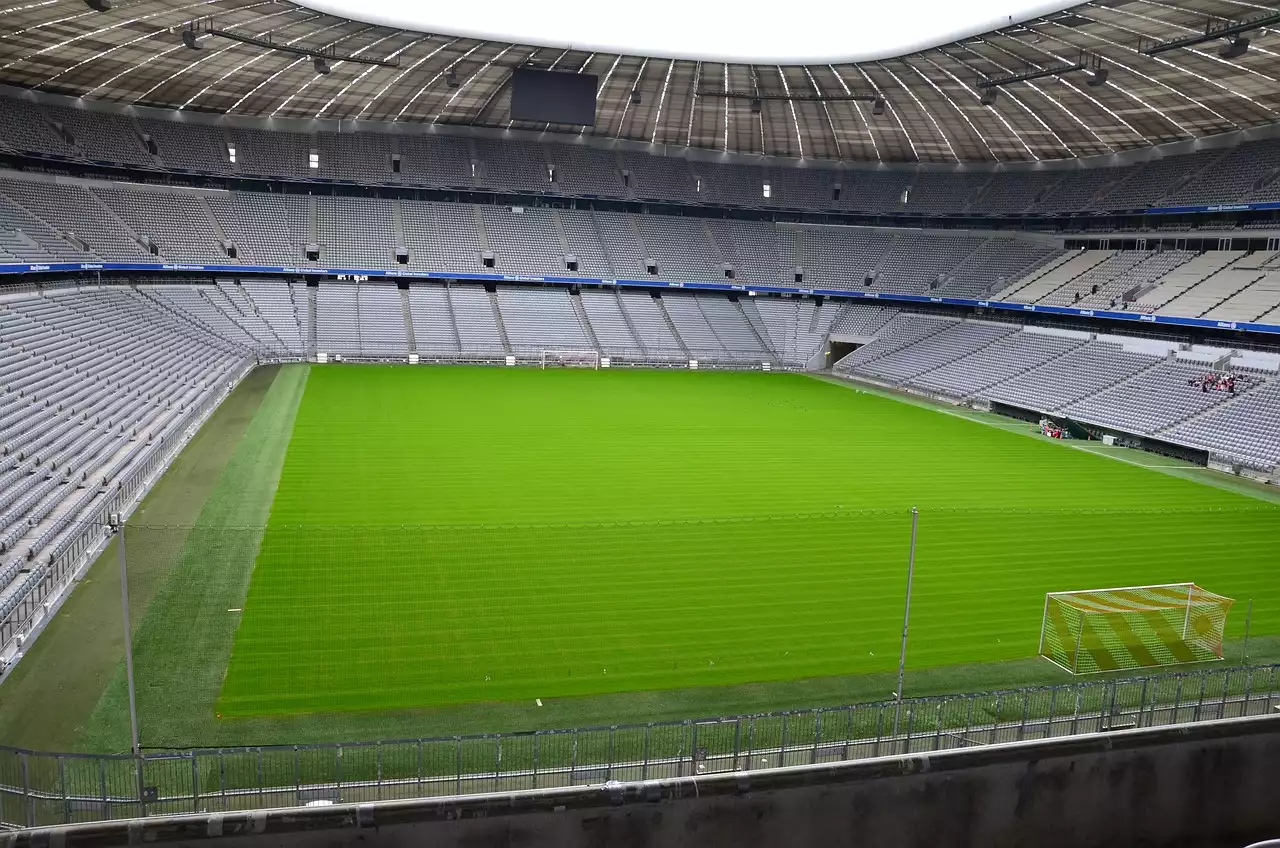Modest but Mighty: Unveiling the 3 Smallest Venues that Hosted Coppa Italia Matches
Step into the world of Italian football where size doesn't matter. The Coppa Italia, Italy's premier domestic cup competition, has seen its fair share of epic battles unfold in some of the smallest venues across the nation. In this article, we shine a spotlight on the three tiniest stadiums that have hosted unforgettable Coppa Italia matches.
Get ready for tales of passion, eccentricity, and stadium charm as we explore these hidden gems that defy the notion that bigger is better. From the picturesque coastal town of Viareggio to the heartland of Sicily, these small venues have witnessed historic clashes between some of Italy's most renowned football clubs.
Prepare to be amazed by the intimate atmosphere, where every cheer and jeer reverberates through the stands, making you feel like you’re part of the action. Join us as we unveil the secret sanctuaries that have made their mark on the illustrious history of the Coppa Italia.
Discover how these seemingly insignificant venues have played a mighty role in shaping the narratives of memorable cup encounters. Let's delve into the world of the smallest stadiums with the biggest impact.
Importance of venue size in sports events
When it comes to sports events, the size of the venue often takes center stage. Larger stadiums are often seen as more prestigious and capable of accommodating a larger number of fans. However, in the world of Italian football, the Coppa Italia has shown that size doesn't always equate to greatness. Despite their diminutive size, these three stadiums have become legendary for their unique atmosphere and the unforgettable moments they have witnessed.
Venue 1: Arechi Stadium (Salerno)
Located in the picturesque city of Salerno, the Arechi Stadium stands as a testament to the passion and dedication of its fans. With a seating capacity of just over 37,000, it may not be the largest stadium in Italy, but it has become a fortress for the local team, Salernitana. Over the years, the stadium has hosted some thrilling Coppa Italia matches, leaving a lasting impression on players and fans alike.
One of the most memorable moments in the history of the Arechi Stadium came during a Coppa Italia match between Salernitana and Napoli. The atmosphere was electric as the two teams battled it out on the pitch. The compact nature of the stadium meant that every cheer and jeer from the fans resonated throughout, creating an intense and immersive experience for everyone in attendance.
Venue 2: Partenio-Adriano Lombardi Stadium (Avellino)
Nestled in the charming town of Avellino, the Partenio-Adriano Lombardi Stadium may be small in size, but it has a big heart. With a capacity of just under 10,000, the stadium has witnessed its fair share of historic Coppa Italia encounters. What it lacks in size, it more than makes up for in character.
One of the standout moments in the stadium's history occurred during a match between Avellino and Juventus. Despite being the underdogs, the Avellino fans packed the stands, creating an atmosphere that shook the very foundations of the stadium. Every goal, every near miss, and every contentious decision was met with a deafening roar from the passionate crowd. It was a true David and Goliath battle, and the Partenio-Adriano Lombardi Stadium played a significant role in creating an unforgettable experience for all involved.
Venue 3: Renato Curi Stadium (Perugia)
Tucked away in the heartland of Perugia, the Renato Curi Stadium may be small, but it has a rich history. With a capacity of around 23,000, it has witnessed some of the most dramatic moments in Coppa Italia history. The unique layout of the stadium, with its steep stands and close proximity to the pitch, creates an intimate atmosphere that few larger stadiums can replicate.
One of the most iconic matches held at the Renato Curi Stadium was the Coppa Italia final between Perugia and Roma. The tension was palpable as the two teams battled it out for glory. Every tackle, every save, and every shot on goal was met with a thunderous response from the passionate fans. The Renato Curi Stadium proved that size is no barrier to creating an electric atmosphere that elevates the game to new heights.
Unique aspects and challenges of hosting matches in small venues
Hosting matches in small venues presents its own set of unique aspects and challenges. While larger stadiums may offer more amenities and seating options, small stadiums have the advantage of creating a more intimate and immersive experience for fans. The close proximity to the pitch allows fans to feel like they are right in the heart of the action, enhancing the overall atmosphere.
However, small stadiums also face certain challenges. Limited seating capacity means that tickets are often in high demand, making it difficult for fans to secure a spot for big matches. Additionally, the smaller infrastructure may present logistical challenges for hosting teams, officials, and media personnel. Despite these challenges, the allure of small stadiums lies in their ability to create a sense of community and passion that is often unmatched in larger venues.
Impact of small venues on the fan experience
The fan experience in small venues is truly something to behold. In these intimate settings, fans are not just spectators; they become an integral part of the game. The close proximity to the pitch allows them to see every detail, hear every conversation, and feel every moment of tension and excitement. The energy and passion that emanate from the stands create an electric atmosphere that can ignite even the most lackluster matches.
In larger stadiums, fans can often feel disconnected from the action, lost in a sea of faces. But in small venues, the sense of belonging is palpable. Fans can interact with players, chant and sing together, and create an atmosphere that spurs their team on to victory. The shared experience of being part of a passionate and tight-knit community is what sets small venues apart and makes them truly special.
Comparison of small venues to larger stadiums
While larger stadiums may have their own advantages, the charm and character of small venues cannot be understated. The intimate atmosphere, the passion of the fans, and the sense of history that permeates these stadiums create an experience that is truly unique. In small venues, every cheer and jeer reverberates through the stands, creating a symphony of emotions that can only be fully appreciated in person.
What small venues may lack in size, they more than make up for in heart. The connection between fans and players is stronger, the atmosphere more intense, and the memories more cherished. These small stadiums have etched themselves into the annals of Coppa Italia history, proving that when it comes to creating unforgettable moments, sometimes the littlest venues are the mightiest.
The three smallest stadiums that have hosted Coppa Italia matches have defied the notion that bigger is better. From the Arechi Stadium in Salerno to the Partenio-Adriano Lombardi Stadium in Avellino, and the Renato Curi Stadium in Perugia, these hidden gems have witnessed historic clashes and left an indelible mark on the cup's illustrious history. Despite their small size, these venues have created an intimate and immersive atmosphere that has captivated players and fans alike. So, the next time you attend a sporting event, remember that size may not always be the measure of greatness.






.png?size=50)


